Naval forces play a great part when it comes to depicting a country’s overall military strength. However, for all the naval ships, refuelling is a complicated process. Ever wondered how that’s done?
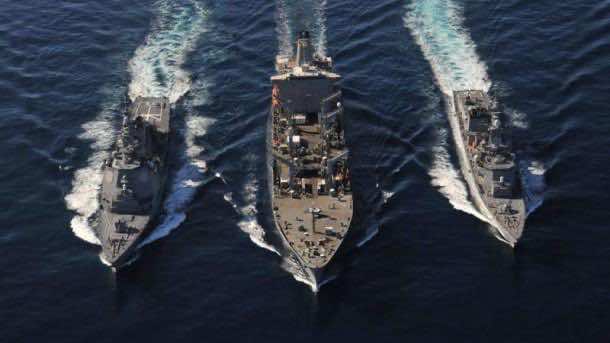 Well, other than the few US Navy submarines and warships which have nuclear power source, all the other ships need to put their mission on hold and must get parallel to a tanker and spend some hours while navigating alongside the tanker to get fuel. This presents them as easy targets and not to mention that the mission does suffer delays. So naturally, scientists have been working really hard to somehow get rid of this dependency on oil tankers. Finally, the breakthrough is here in the form of liquid hydrocarbon fuel, which can be obtained from sea water.
Well, other than the few US Navy submarines and warships which have nuclear power source, all the other ships need to put their mission on hold and must get parallel to a tanker and spend some hours while navigating alongside the tanker to get fuel. This presents them as easy targets and not to mention that the mission does suffer delays. So naturally, scientists have been working really hard to somehow get rid of this dependency on oil tankers. Finally, the breakthrough is here in the form of liquid hydrocarbon fuel, which can be obtained from sea water.
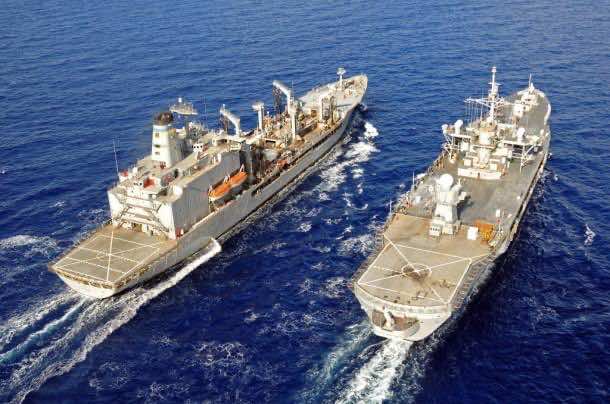 US Navy Vice Admiral Philip Cullom said; ‘It’s a huge milestone for us. We are in very challenging times where we really do have to think in pretty innovative ways to look at how we create energy, how we value energy and how we consume it. We need to challenge the results of the assumptions that are the result of the last six decades of constant access to cheap, unlimited amounts of fuel.’ He went on to state that; ‘Basically, we have treated energy like air, something that’s always there and that we don’t worry about too much. But the reality is that we do have to worry about it.’
US Navy Vice Admiral Philip Cullom said; ‘It’s a huge milestone for us. We are in very challenging times where we really do have to think in pretty innovative ways to look at how we create energy, how we value energy and how we consume it. We need to challenge the results of the assumptions that are the result of the last six decades of constant access to cheap, unlimited amounts of fuel.’ He went on to state that; ‘Basically, we have treated energy like air, something that’s always there and that we don’t worry about too much. But the reality is that we do have to worry about it.’
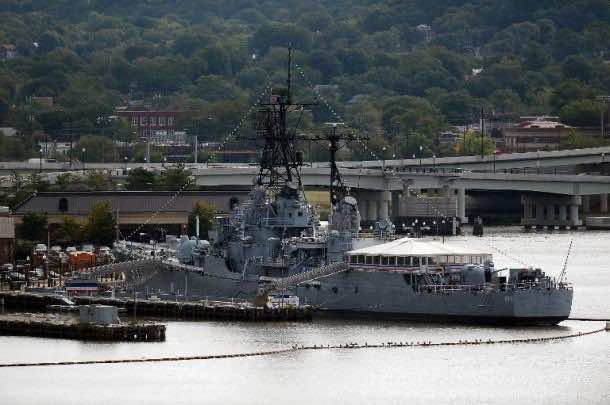 So basically what has happened is that US experts have managed to come up with a methodology that allows them to extract hydrogen and carbon dioxide from seawater. Afterwards, by employing a catalytic converter, they transform these gases into fuel by the gas-to-liquid process. According to the research team, this fuel will also prove useful for the planes onboard the ships, the end result being ships capable of producing fuel while being at sea. The cost of jet fuel by employing this technology lies between $3-6 per gallon.
So basically what has happened is that US experts have managed to come up with a methodology that allows them to extract hydrogen and carbon dioxide from seawater. Afterwards, by employing a catalytic converter, they transform these gases into fuel by the gas-to-liquid process. According to the research team, this fuel will also prove useful for the planes onboard the ships, the end result being ships capable of producing fuel while being at sea. The cost of jet fuel by employing this technology lies between $3-6 per gallon.
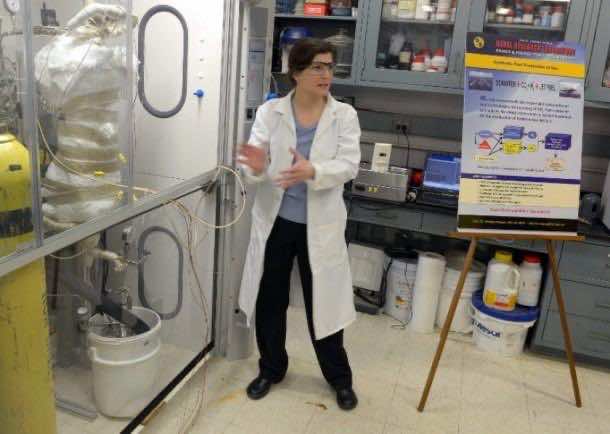 Dr. Heather Willauer has spent a decade on this project as a research chemist and she said; ‘For the first time we’ve been able to develop a technology to get CO2 and hydrogen from seawater simultaneously, that’s a big breakthrough,” she said, adding that the fuel “doesn’t look or smell very different.’
Dr. Heather Willauer has spent a decade on this project as a research chemist and she said; ‘For the first time we’ve been able to develop a technology to get CO2 and hydrogen from seawater simultaneously, that’s a big breakthrough,” she said, adding that the fuel “doesn’t look or smell very different.’
Now the Navy is focused on improving the efficiency as Dr. Heather said; ‘We’ve demonstrated the feasibility, we want to improve the process efficiency.’
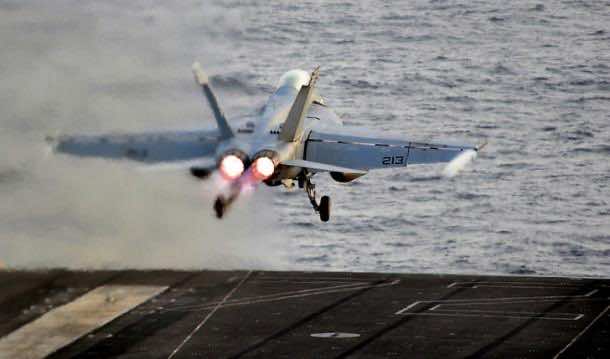 Vice Admiral Philip is quite excited about this breakthrough and said; ‘For us in the military, in the Navy, we have some pretty unusual and different kinds of challenges. We don’t necessarily go to a gas station to get our fuel; our gas station comes to us in terms of an oiler, a replenishment ship. Developing a game-changing technology like this, seawater to fuel, really is something that reinvents a lot of the way we can do business when you think about logistics, readiness.’ He further added that; ‘If you don’t want to re-engineer every ship, every type of engine, and every aircraft, that’s why we need what we call drop-in replacement fuels that look, smell and essentially are the same as any kind of petroleum-based fuels.’
Vice Admiral Philip is quite excited about this breakthrough and said; ‘For us in the military, in the Navy, we have some pretty unusual and different kinds of challenges. We don’t necessarily go to a gas station to get our fuel; our gas station comes to us in terms of an oiler, a replenishment ship. Developing a game-changing technology like this, seawater to fuel, really is something that reinvents a lot of the way we can do business when you think about logistics, readiness.’ He further added that; ‘If you don’t want to re-engineer every ship, every type of engine, and every aircraft, that’s why we need what we call drop-in replacement fuels that look, smell and essentially are the same as any kind of petroleum-based fuels.’
Researchers, however, still speculate that it will take about a decade to make all the ships capable of producing their own fuel. Fingers crossed!



Will this one doesn’t cause any damage to marine life???